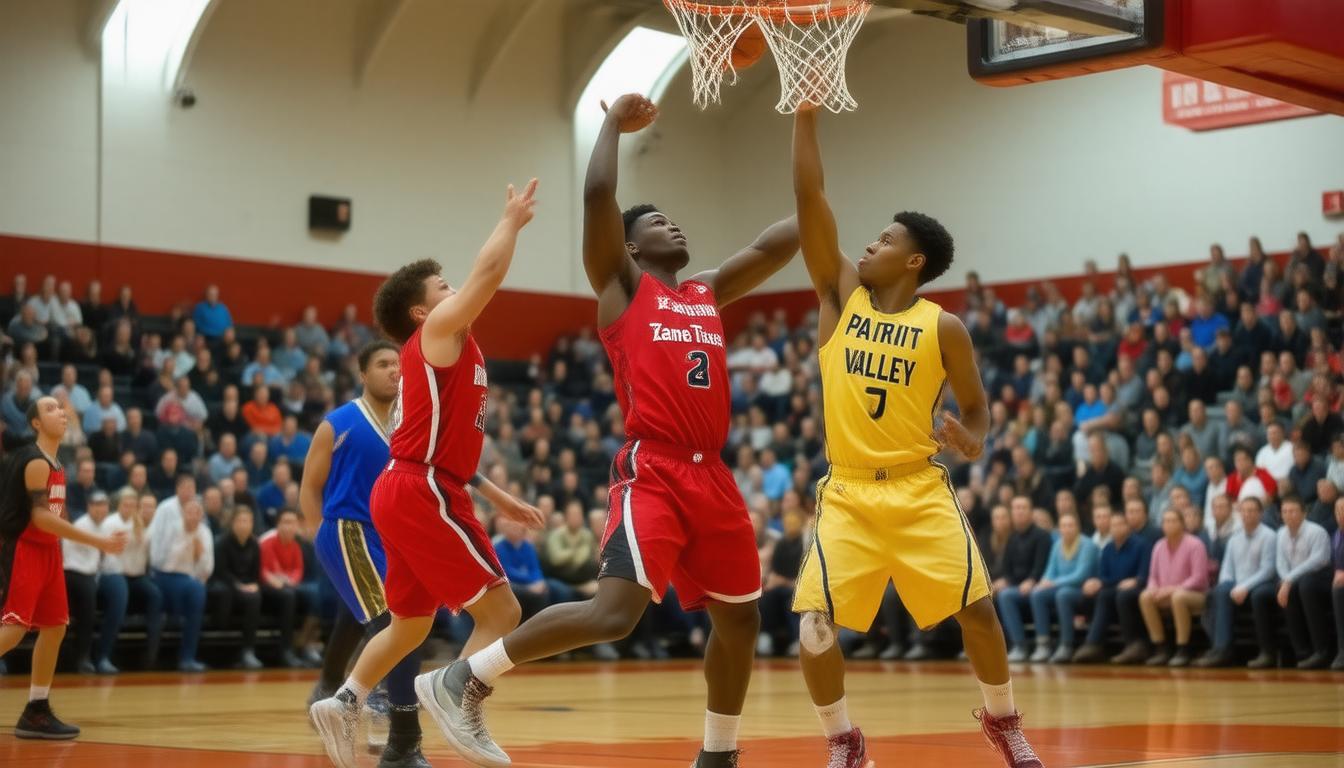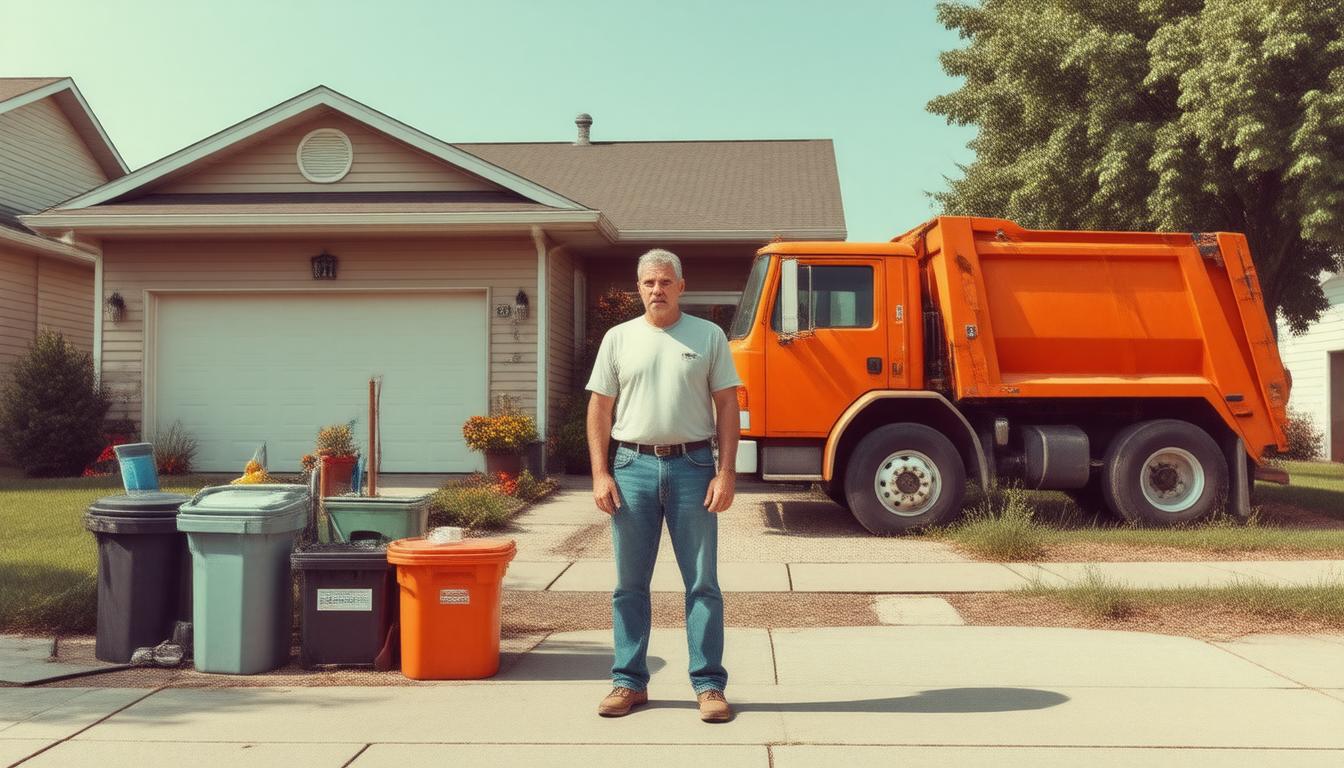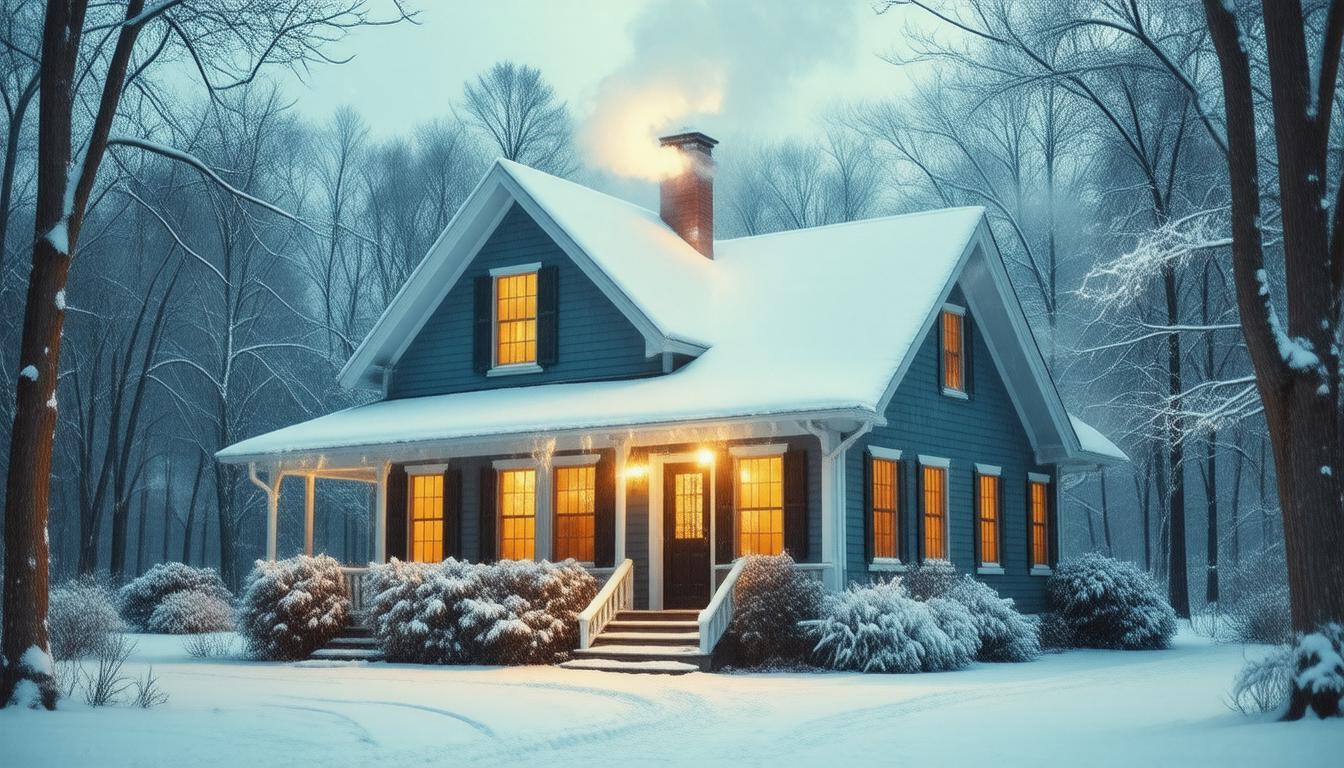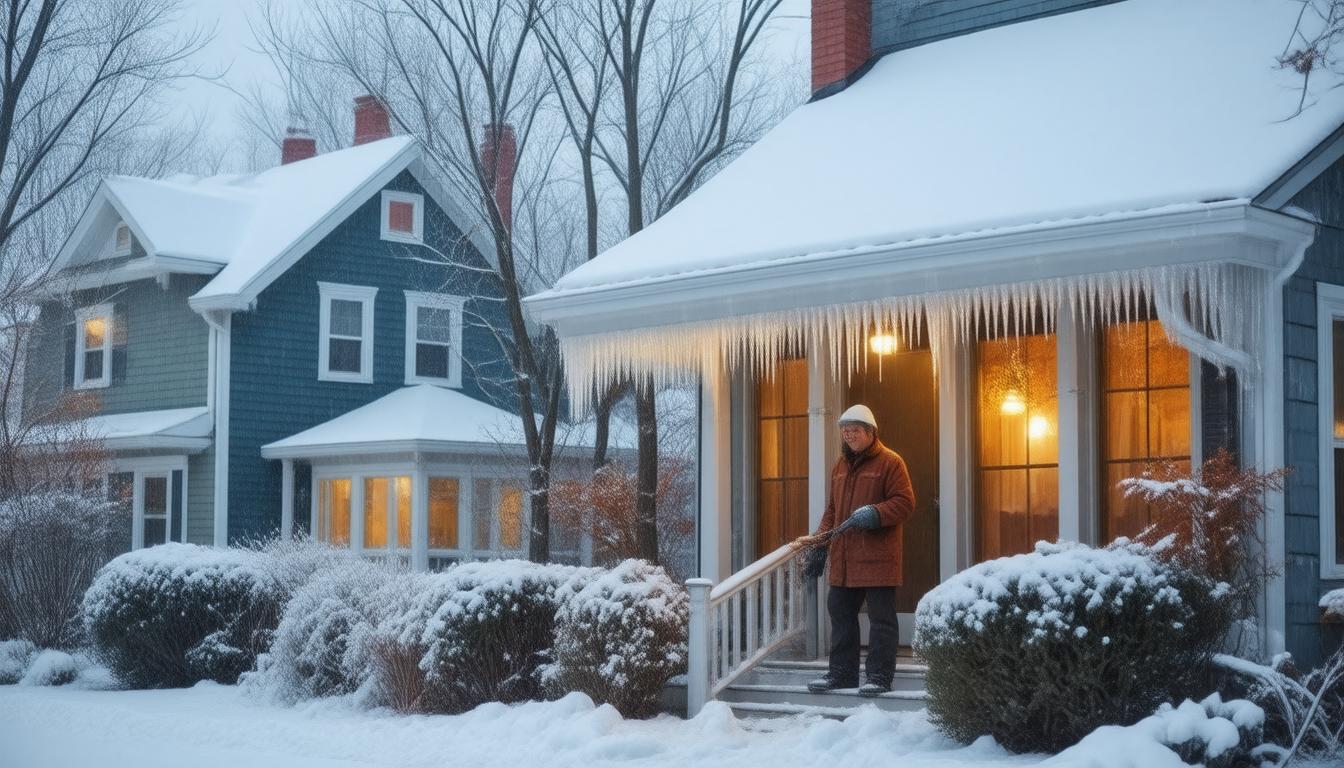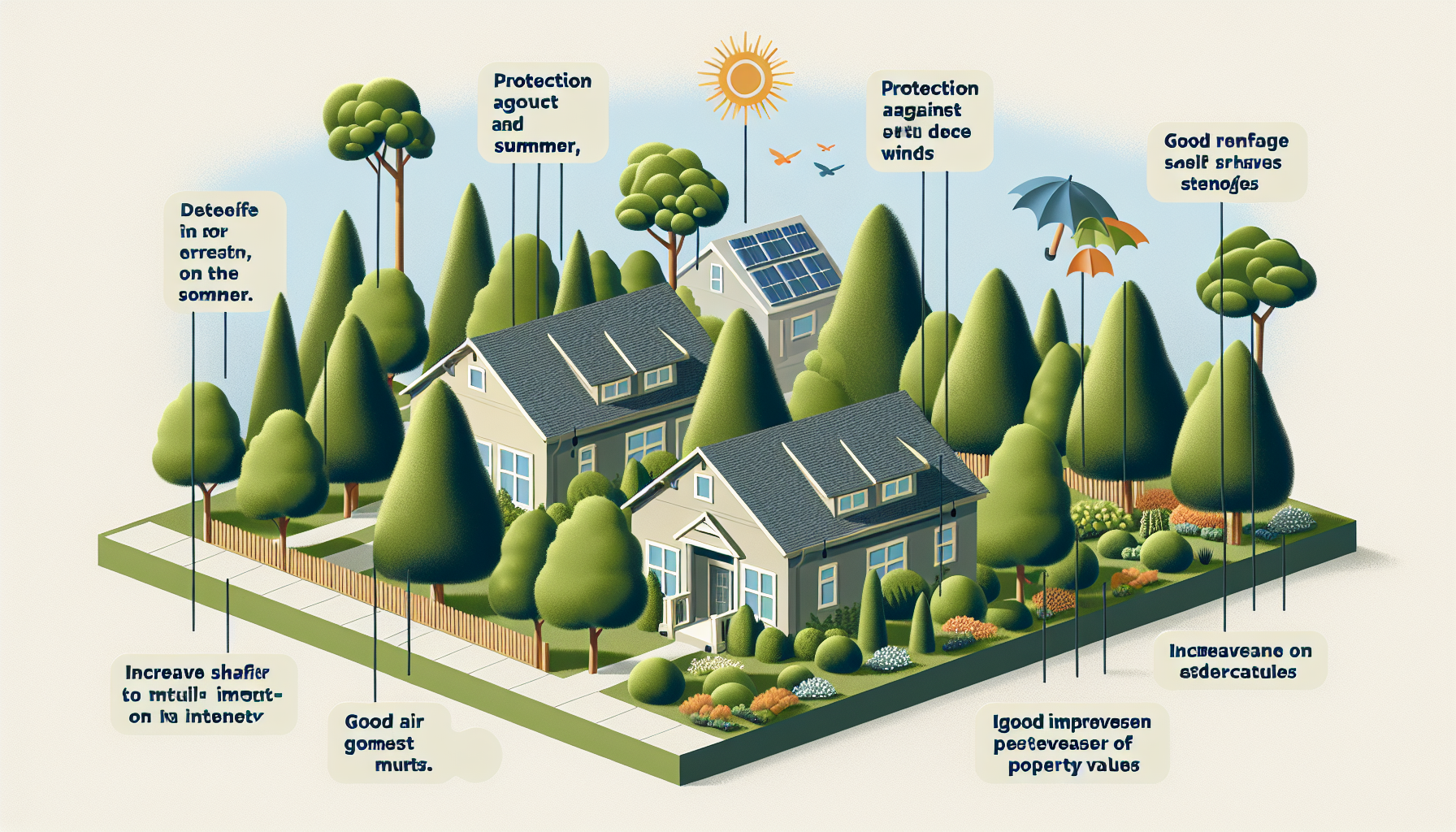
Spokane, WA, famously known for its diverse and verdant landscapes, is where urban forestry plays a significant role in the overall well-being of the community. Trees and vegetation near homes are not only aesthetically pleasing but also contribute to environmental and social advantages. This article will delve into how greenery in this Pacific Northwest city impacts its residents and the local ecosystem.
Ecological Benefits in Urban AreasTrees and vegetation are integral to any urban environment, acting as the lungs of the city. In Spokane, the ecological benefits are numerous. Firstly, they improve air quality by extracting pollutants and emitting oxygen. Trees near homes especially help in filtering the air that residents breathe. Additionally, they provide critical habitats for wildlife, supporting biodiversity that is essential for maintaining a balanced urban ecosystem.
Mitigating Urban Heat IslandsUrban heat islands are a common issue in cities where buildings and concrete absorb and re-emit the sun’s heat more than natural landscapes, causing higher temperatures. Trees and vegetation play a crucial role in cooling these areas. Spokane’s green canopy helps to shade homes and streets, reducing temperatures in the immediate vicinity. This shading effect, coupled with the cooling caused by the process of transpiration, can significantly reduce the need for air conditioning, leading to energy savings for homeowners.
Enhancing Mental and Physical HealthResearch shows that being close to greenery has a profound impact on mental health, with studies indicating reduced stress levels and improved mood among those who have access to natural areas. In Spokane, the presence of trees and vegetation near homes can foster outdoor activities, encourage social interaction, and promote a sense of community. Neighborhoods with plentiful green spaces are often perceived as more desirable, directly influencing the physical and mental well-being of the residents.
Economic Advantages of Home LandscapingThe impact of trees and vegetation extends to the economic sphere as well. Well-placed greenery can increase property values in Spokane by as much as 20%. Homes with mature trees are often appraised at higher values due to their enhanced curb appeal and the various benefits of having established green spaces. Moreover, vegetation can help with stormwater management, reducing runoff and the need for expensive drainage systems by absorbing rainwater.
Challenges and Urban Planning ConsiderationsWhile the benefits are numerous, there are challenges in managing urban vegetation. Spokane encounters issues such as invasive species, disease, and the need for regular maintenance. Urban planning needs to balance the growth of the city with the conservation of green spaces. Thoughtful placement and care of trees and vegetation are vital to maximize benefits and minimize hazards, such as the risk of falling branches or fire susceptibility.
Conclusion: A Green Spokane is a Healthy SpokaneOverall, trees and vegetation have a markedly positive impact on the urban landscape of Spokane, WA. The benefits range from environmental improvements to enhancing the quality of life for residents. By continuing to invest in and prioritize urban forestry, Spokane can ensure that these green assets are preserved and expanded for future generations to enjoy. The integration of trees and vegetation into urban planning is not just a luxury but a necessary step towards a more sustainable and liveable city.



